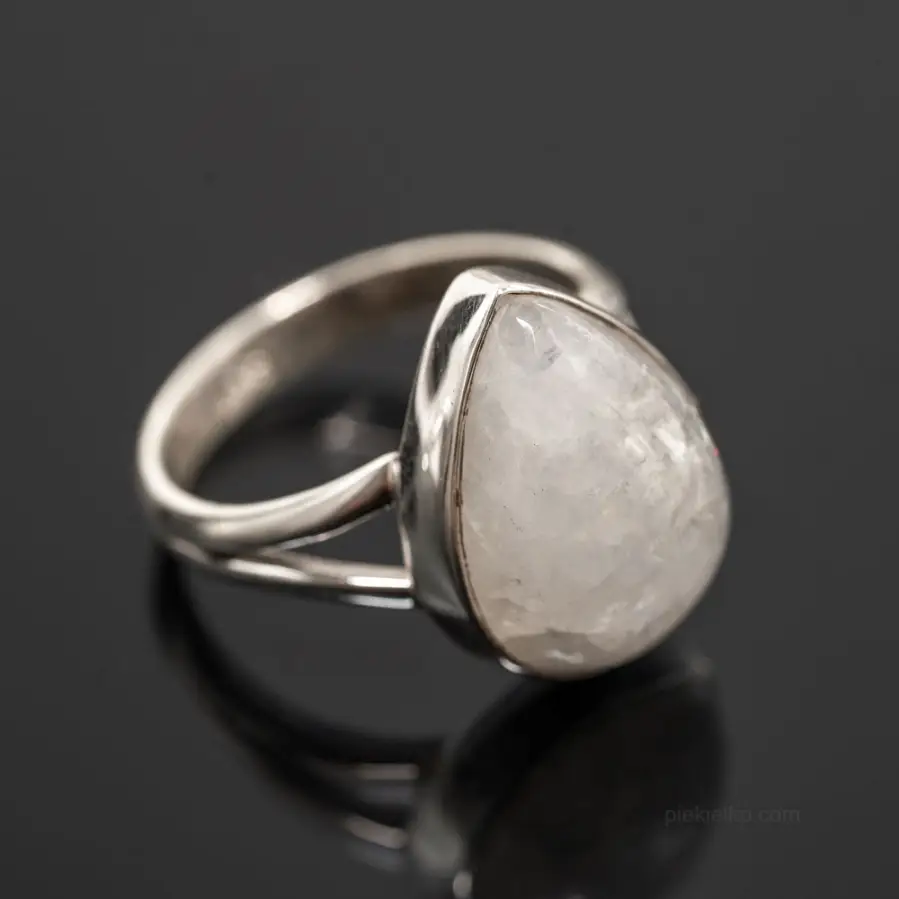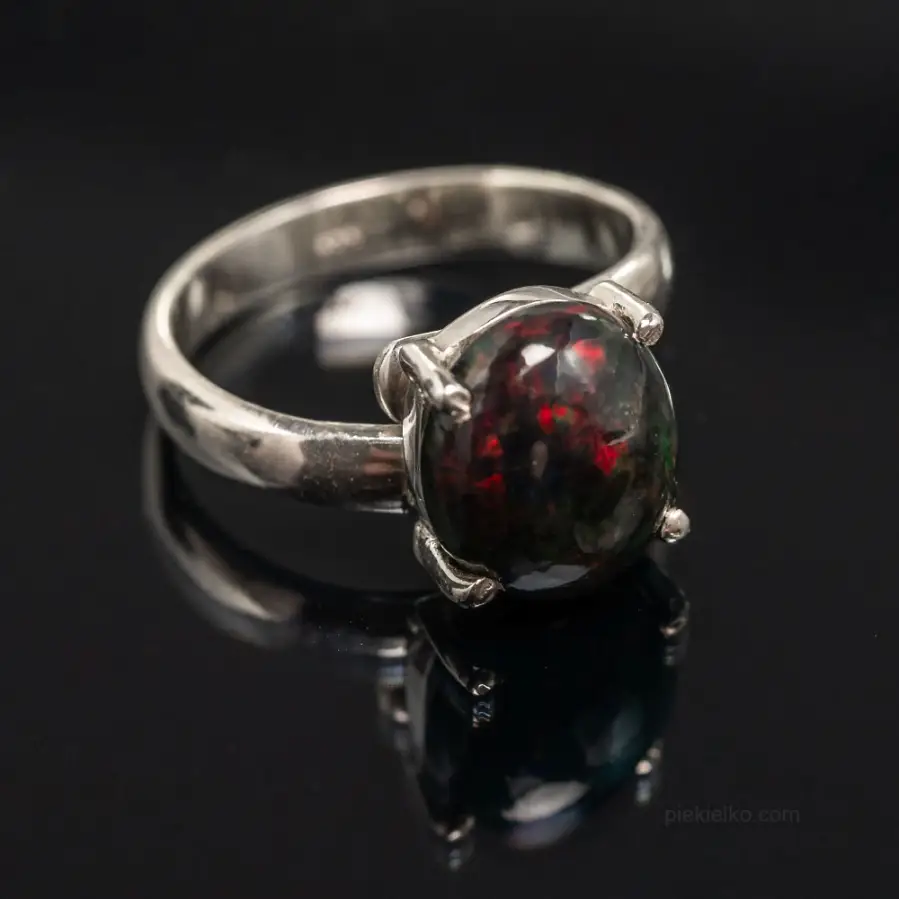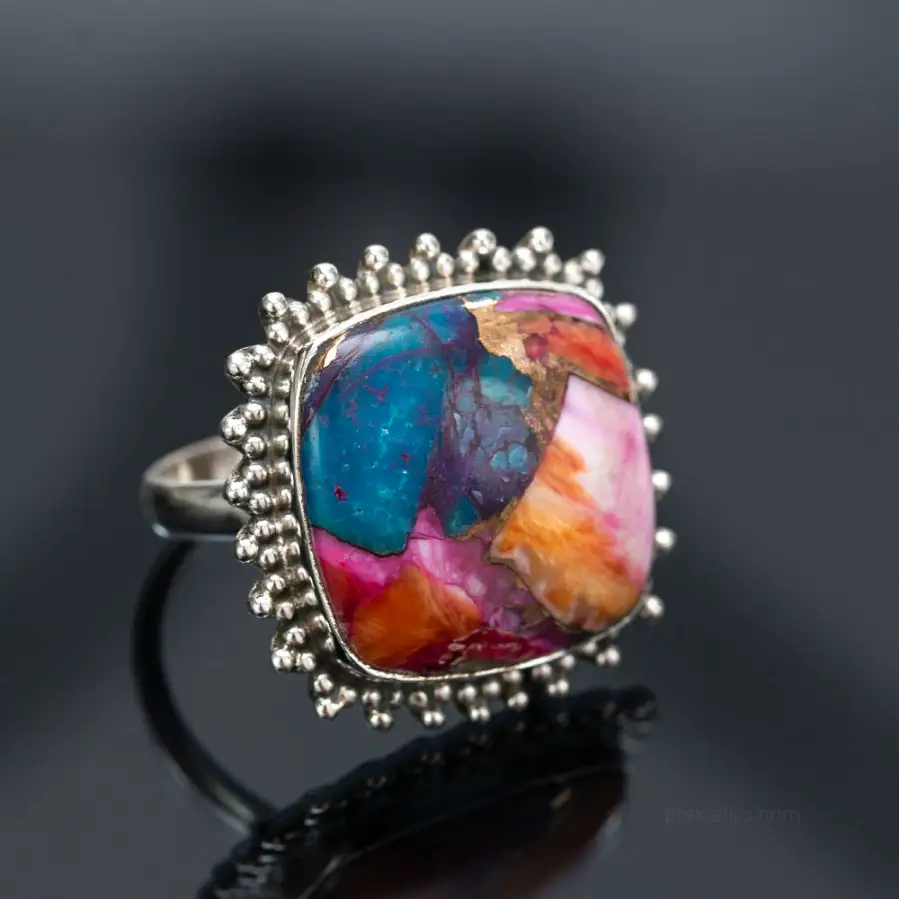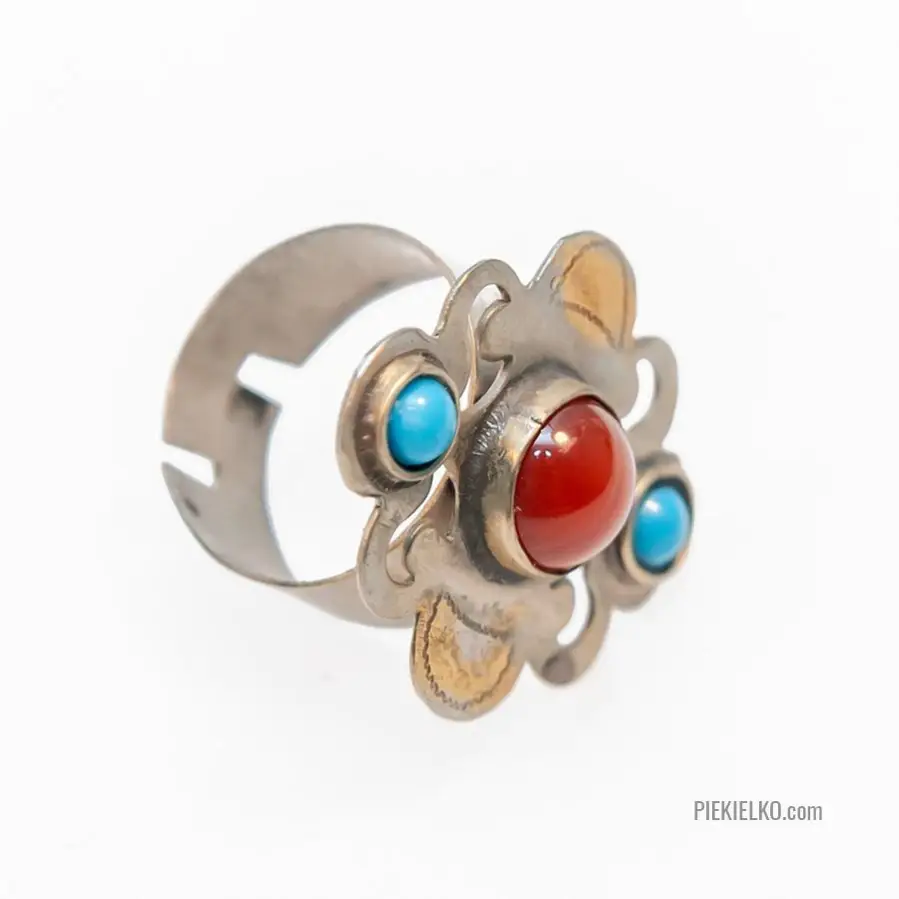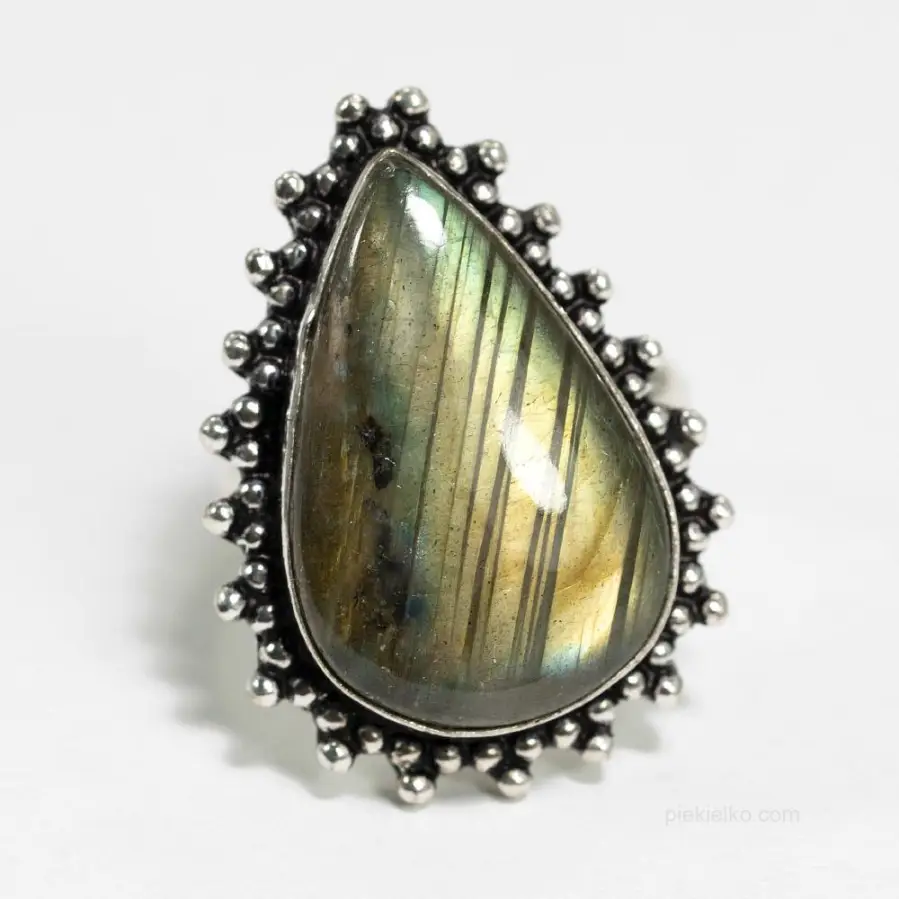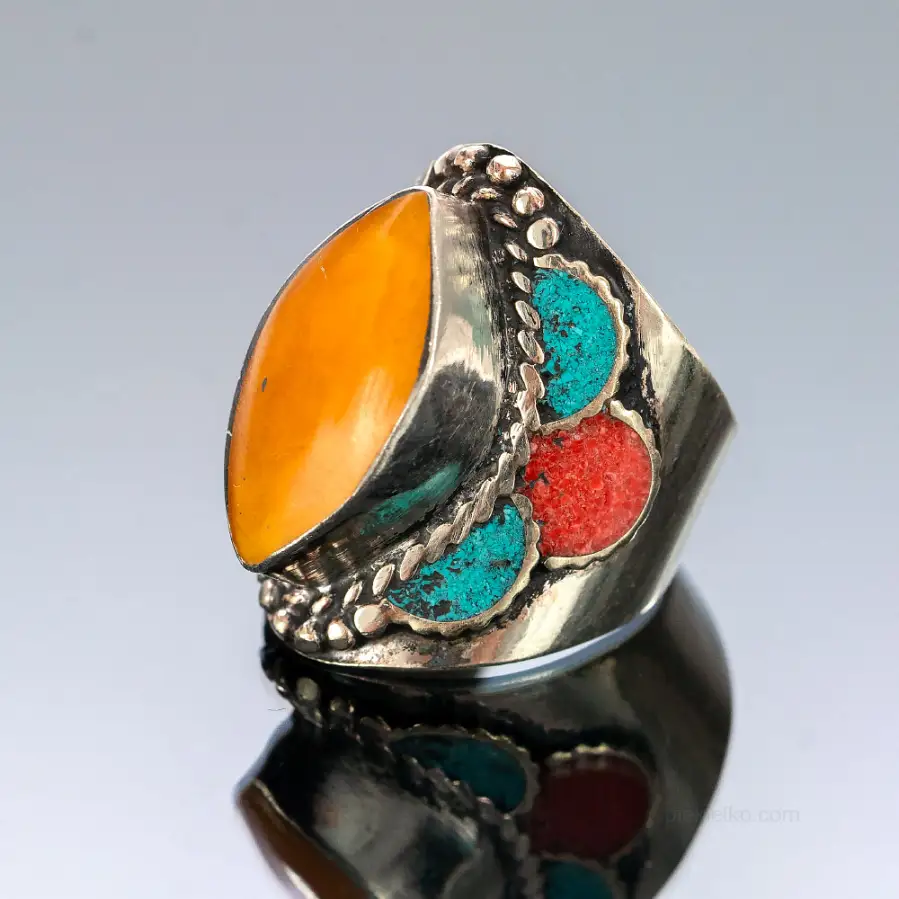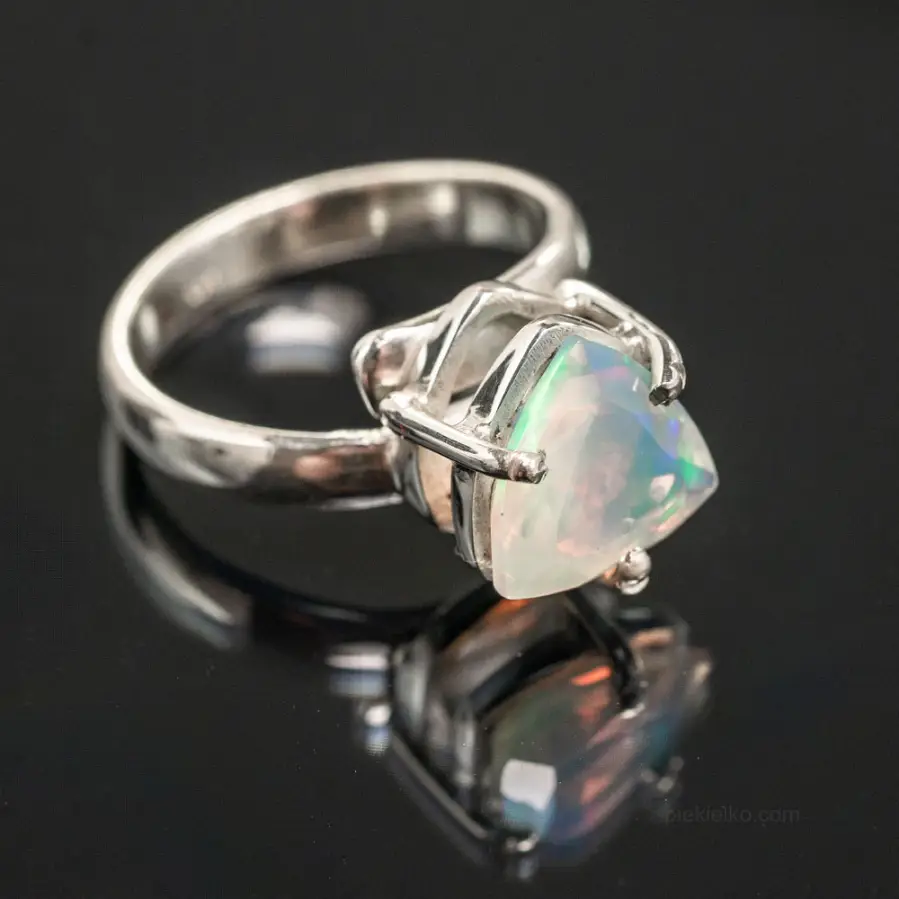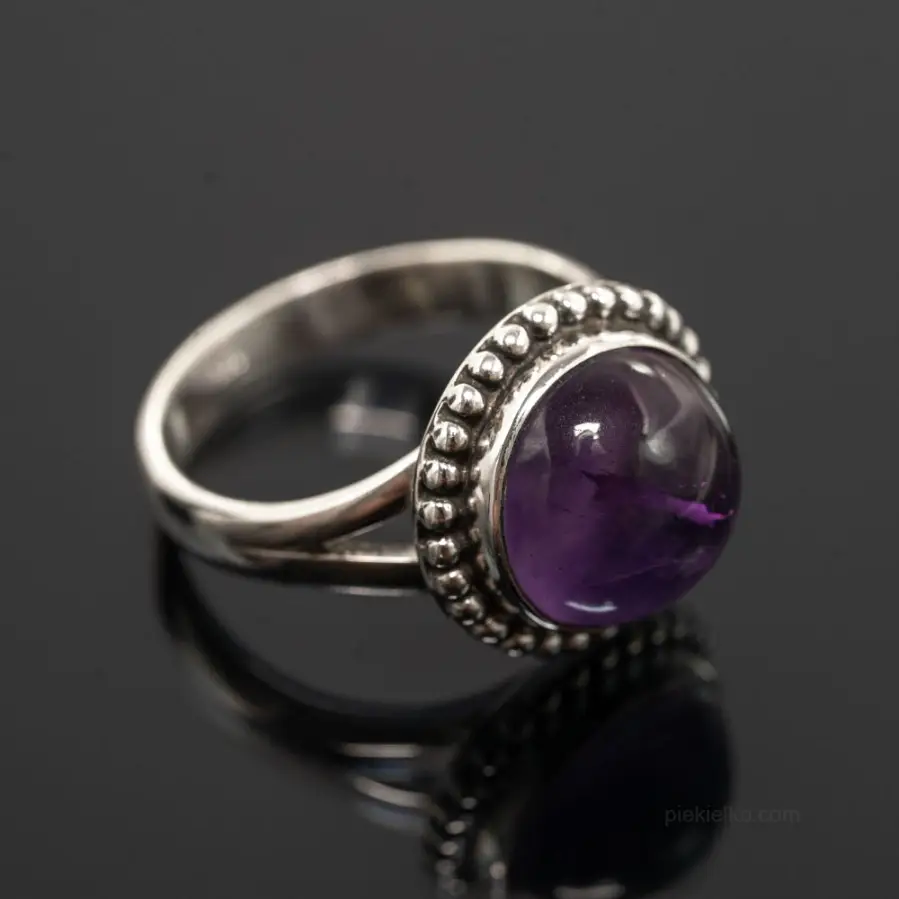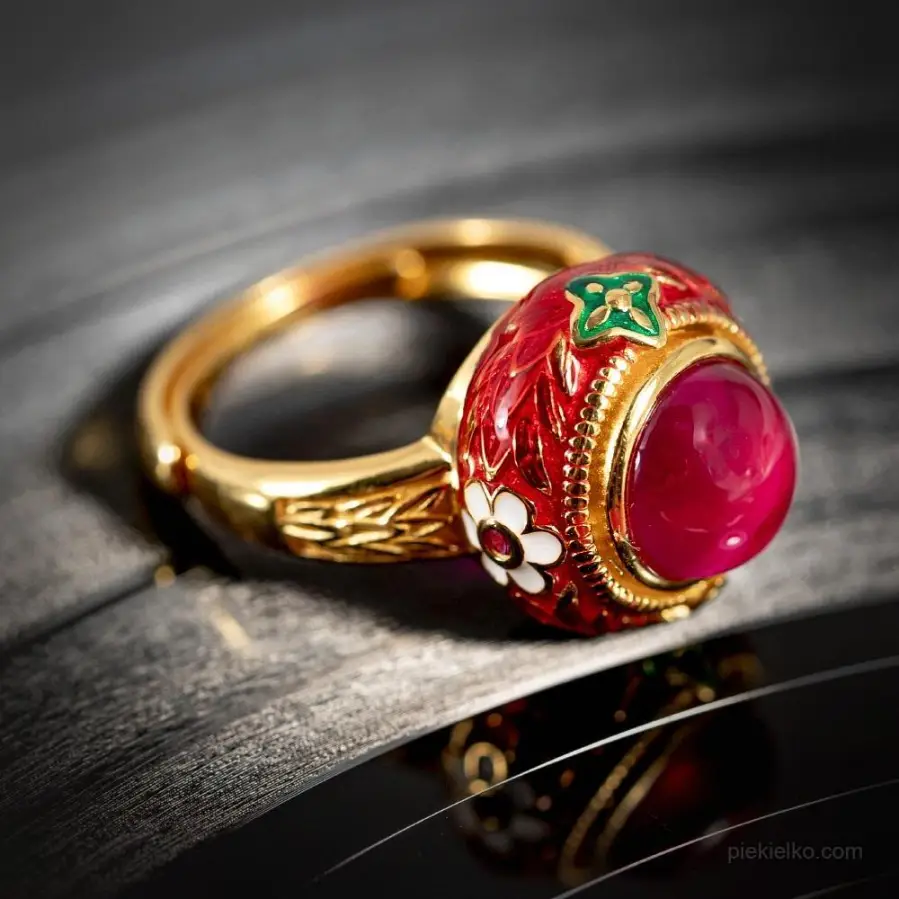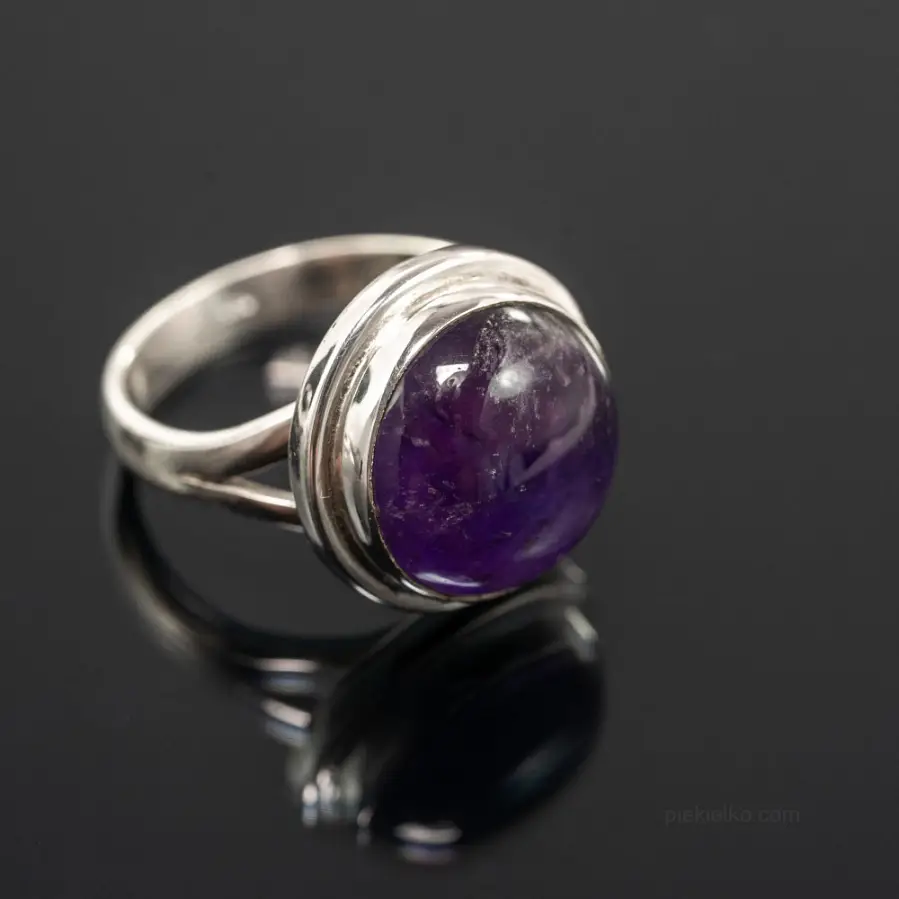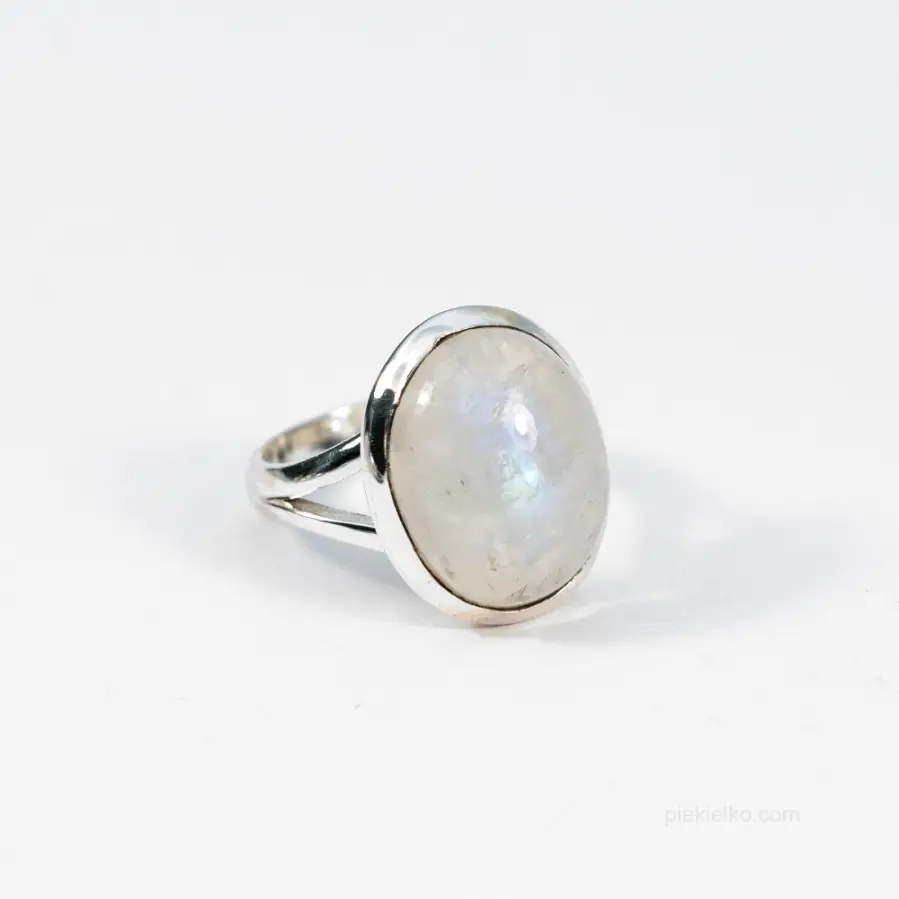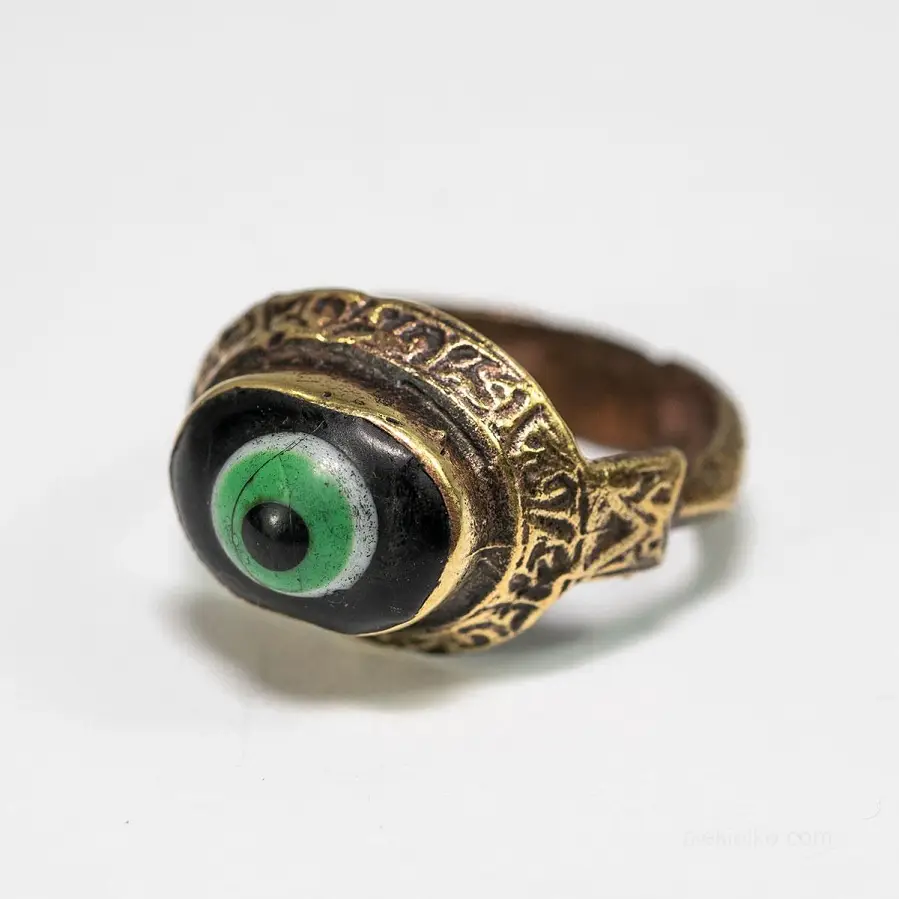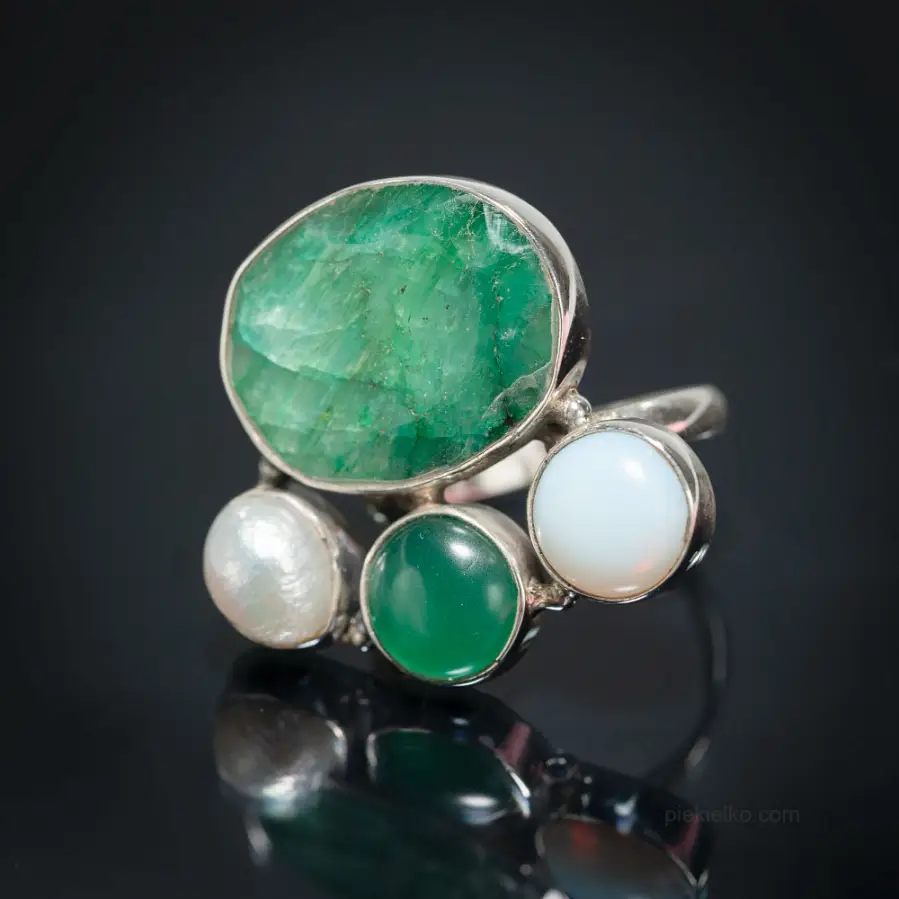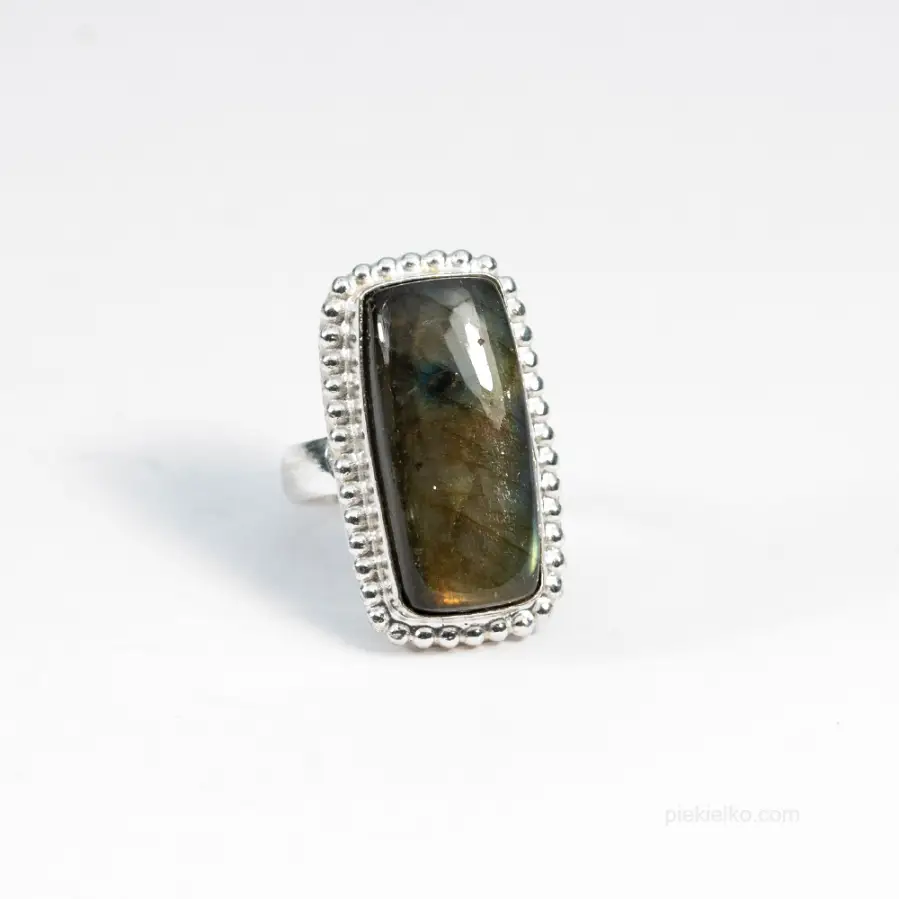Bijelgee - the national dance of the Mongolian nomads

There was a period in history when the borders of the Mongolian state reached from the Sea of Japan to the Caspian Sea, and the mighty Temujin army threatened Europe. It would seem that only savage and ruthless warriors could grow in the harsh climate of the boundless steppes and deserts. Yet the Mongolian nomads had already created original art, their own music, singing and magnificent dance centuries ago.
The traditional national dance that originated in ancient Western Mongolia is the Bijelgee, a dance closely associated with the Mongolian way of life. Bijelgee dance is performed by numerous ethnic groups in the provinces (aymaks) of Howd and Uws. It is considered the oldest dance of the Mongolians, the forefather of other Mongolian dances. It reflects the life of nomads, from which it also derives its origins.
Until our time, this type of dance was passed down from generation to generation among relatives and family. This also had some negative effects, as it hindered its development. Therefore, the Mongolian government has adopted a new program called "Bijelgee - Mongolian Traditional Folk Dance," which aims to preserve this dance and develop its unique character. The dance plays an important role in family and community celebrations - weddings, anniversaries and similar occasions.
Initially, Bijelgee was performed in an enclosed, confined space of a yurt in front of a hearth, in a semi-sitting or sitting position with crossed legs. The dancers thus had virtually no opportunity to use their own feet. Instead, they made use mainly of their upper torso, and expressed various aspects of their own identity, such as gender, family and ethnic group membership, with rhythmic movements. An important feature of this dance is the dance movements, which by necessity must be performed in a confined space, but are compensated for by expressive hand gestures, movements of the arms, torso, eyes and head.
The dance, reminiscent of pantomime, shows various scenes from the life of shepherds, such as milking cows, preparing food, hunting, or embroidering, cleaning and other daily activities. The dancers' costumes and ornaments are distinguished by a variety of patterns and colors, a wealth of fabrics and embroideries, leather accessories, gold and silver jewelry pieces, characteristic of different ethnic groups.
Initially, Bijelgee was an improvisation on a specific theme. It was not until much later that strictly defined dance rules and the order of scenes emerged. Besides, the dance came out of yurts over time and is performed in various places, both at festivals and in monasteries.
The first ritual-ceremonial part of the dance is called "Elhendeg," in which the dancer slowly and gracefully moves his arms and raises his shoulders. In the second part "Joroo mori" - that is, "inochodziec". - the character of the dance changes rapidly. The dancer's body sways to the rhythm of the music, and his movements become more complex, imitating the running of a horse.
Each Mongolian ethnic group has its own special forms of expression, for example:
- The Derbets and Torguci diversify their dancing with songs;
- The Bajats dance on half-bent legs, with the lower part of the body remaining stationary;
- The Ozachchins dance crouching, with the torso bent forward;
The Buryats dance in a circle, always moving toward the sun. In doing so, the soloist improvises two verses, to which the chorus sings a refrain.
Music plays an important role in the Bijelgee dance. It is accompanied by the igil chordophone, the towszuur lute, the cuur flute, and the morin khuur fiddle, and each of these instruments deserves separate discussion because of their rich history and legends.
It is worth noting that the Mongolian national dance Bijelgee was included in 2009 on the List of Intangible Cultural Heritage in Need of Urgent Safeguarding.
- Created on .
- Last updated on .
- Hits: 10089


